In 1926, Jock Macdonald (1897–1960) left England to take up the position of head of design at the recently established Vancouver School of Decorative and Applied Arts (now the Emily Carr University of Art + Design). He arrived in Vancouver in September of that year—and for the rest of his life he would teach as well as paint.

F.H. Varley, Self-portrait, 1919
Oil on canvas, 60.5 x 51 cm, National Gallery of Canada, Ottawa
The late 1920s was an exciting time in Vancouver—a dramatic change from the staid Victorian art scene that had discouraged Emily Carr (1871–1945) in 1913 when she abandoned painting for over a decade. The creation of the Vancouver School of Decorative and Applied Arts (VSDAA) was central to the shift, as was the arrival in the city of two men: Fred Varley (1881–1969), the renowned Group of Seven landscape and portrait painter who was the first head of drawing, painting, and composition at the school; and John Vanderpant (1884–1939), an internationally recognized photographer. Both were to have a profound influence on Macdonald.

F.H. Varley, Portrait of John Vanderpant, c.1930
Oil on plywood, 35.5 x 45.7 cm, Vancouver Art Gallery. Close friends, Varley and Vanderpant often travelled in Vanderpant’s car, exploring the mountain landscape and drawing and photographing together.
Varley fell in love with the British Columbia landscape and organized sketching trips for his colleagues and students. Although he had previously directed his artistic attention towards design work, Macdonald began to focus on painting and shared a studio with Varley, who became his mentor. Recognizing that the grandeur of the landscape required a stronger medium than the watercolour and tempera of his earlier work, Macdonald began to paint in oil, creating works including Lytton Church, B.C., 1930. The powerful connection he made with the rugged B.C. scenery, his spiritual identification with nature, and his determination to capture the experience of the landscape in paint set him on the quest that would shape his painting for the rest of his life.

Jock Macdonald, Lytton Church, B.C., 1930
Oil on canvas, 61.2 x 71.5 cm, National Gallery of Canada, Ottawa
In 1926 Vanderpant and Harold Mortimer-Lamb (1872–1970) opened the Vanderpant Galleries, which exhibited contemporary art and photography and promoted B.C. artists. The gallery soon became a force for modernist art in Vancouver and, between 1928 and 1939, a gathering place for the city’s intellectual and artistic communities.
Although Vancouver remained a conservative city culturally, an increasing number of residents were attracted to new ideas, and particularly to Eastern thought and spiritual concepts. In April 1929 a crowd filled the Vancouver Theatre to capacity, and thousands more stood in line to hear the poet-philosopher Rabindranath Tagore, who “carried the audience into the realm of pure aesthetics.” For the artistic community, the Vancouver scene in the late 1920s and early 1930s might be summed up in Fred Varley’s advice to his students to “forget anything not mystical.” In 1932 Macdonald painted In the White Forest—an image that represents a distinct shift in his work and the beginning of his lifelong search for the spiritual aspect of nature in art.

Jock Macdonald, In the White Forest, 1932
Oil on canvas, 66 x 76.2 cm, Art Gallery of Ontario, Toronto
These heady days were not to last. With the onslaught of the Depression, the VSDAA cut faculty salaries drastically. When Macdonald and Varley realized that the burden was not shared fairly, they were outraged and in early 1933 resigned in protest.
This Essay is excerpted from Jock Macdonald: Life & Work by Joyce Zemans.
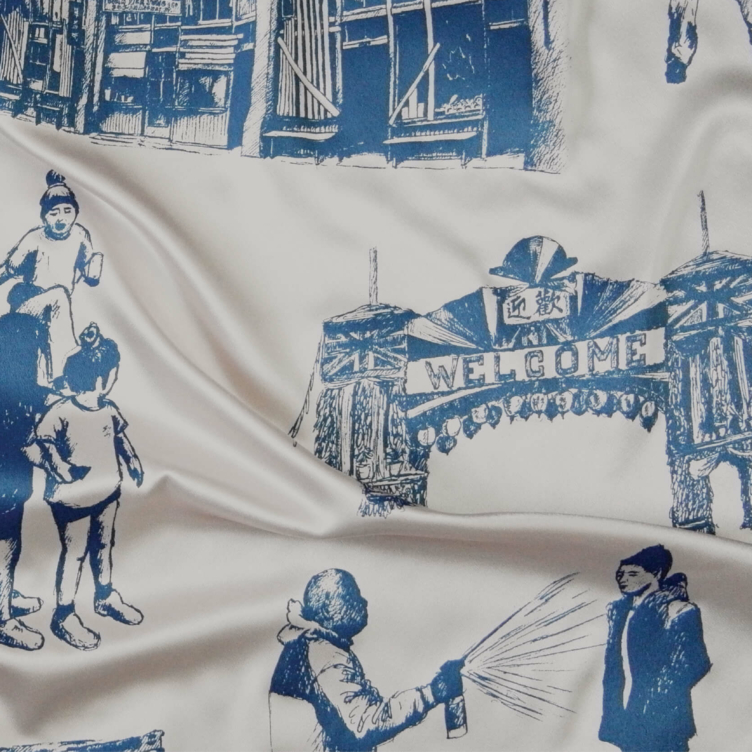 Karen Tam’s Autumn Tigers
Bridging Past and Present: Invisible Made Visible
By Imogene L. Lim, PhD
Karen Tam’s Autumn Tigers
Bridging Past and Present: Invisible Made Visible
By Imogene L. Lim, PhD
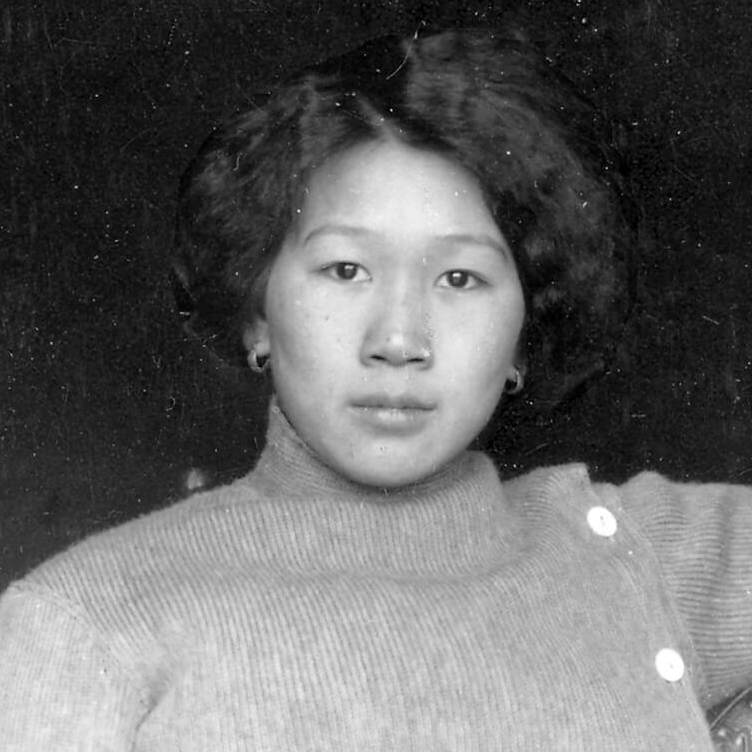 The Frontier Portraits of C.D. Hoy
A Chinese Canadian Photographer’s Tribute to His Community
By Faith Moosang
The Frontier Portraits of C.D. Hoy
A Chinese Canadian Photographer’s Tribute to His Community
By Faith Moosang
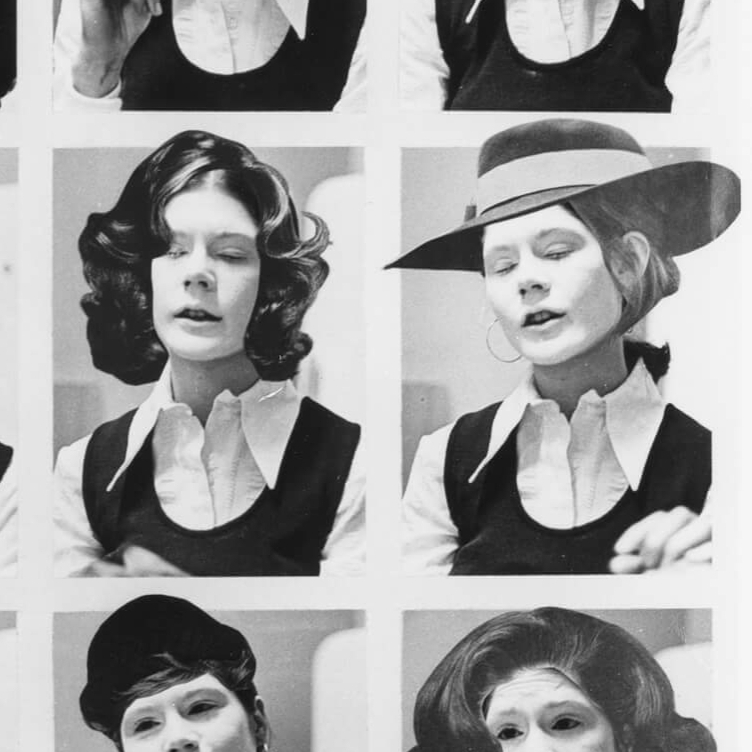 Interrogating Identity
Suzy Lake explores the role of photography in shaping how we understand and see ourselves
By Erin Silver
Interrogating Identity
Suzy Lake explores the role of photography in shaping how we understand and see ourselves
By Erin Silver
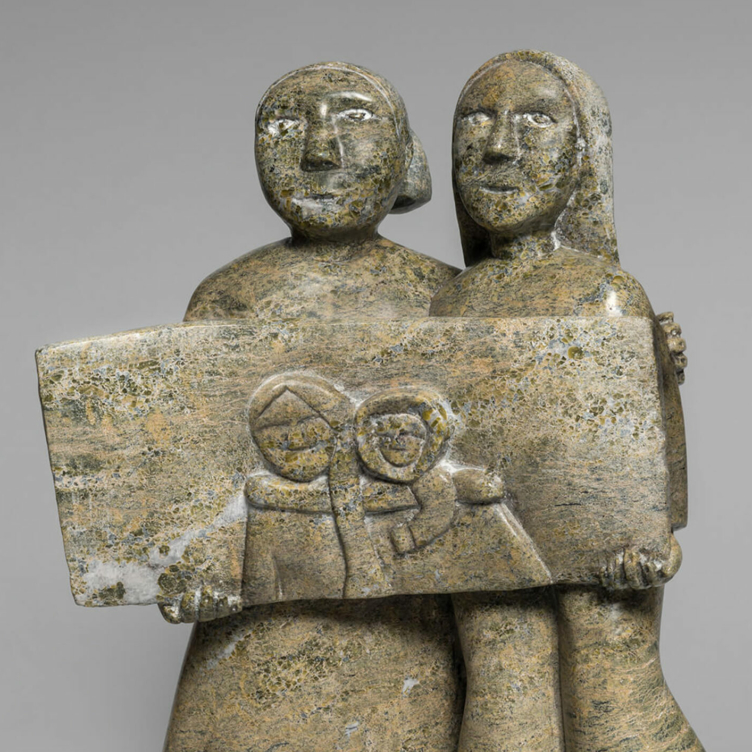 An Emboldened Artist
How Oviloo Tunnillie achieved rare international acclaim as an Inuit female sculptor
By Darlene Coward Wight
An Emboldened Artist
How Oviloo Tunnillie achieved rare international acclaim as an Inuit female sculptor
By Darlene Coward Wight
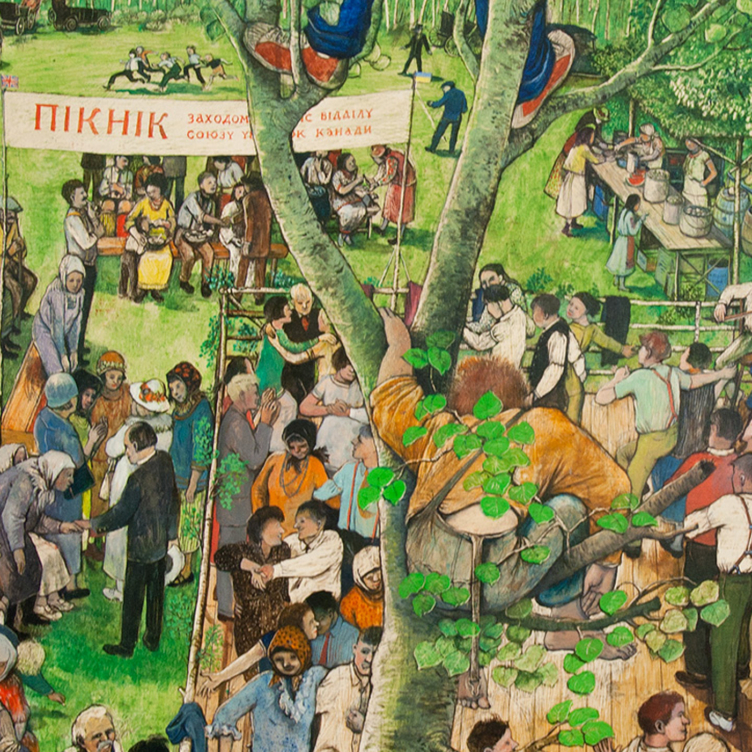 Painting the Cultural Mosaic
William Kurelek traversed the country in a quest to capture its diverse inhabitants
By Andrew Kear
Painting the Cultural Mosaic
William Kurelek traversed the country in a quest to capture its diverse inhabitants
By Andrew Kear
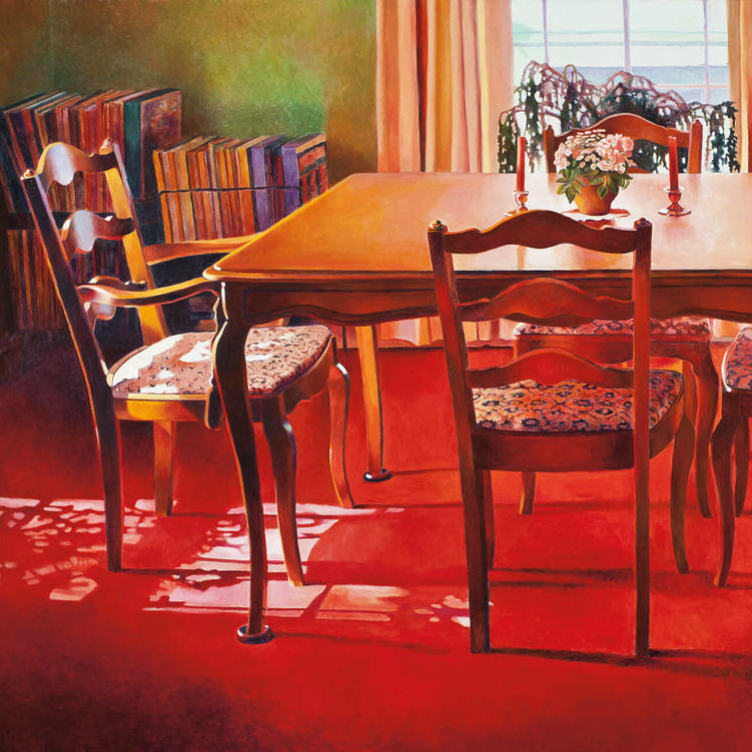 Domestic Discontent
Mary Pratt’s poetic scenes of home life are praised for their political edge
By Ray Cronin
Domestic Discontent
Mary Pratt’s poetic scenes of home life are praised for their political edge
By Ray Cronin
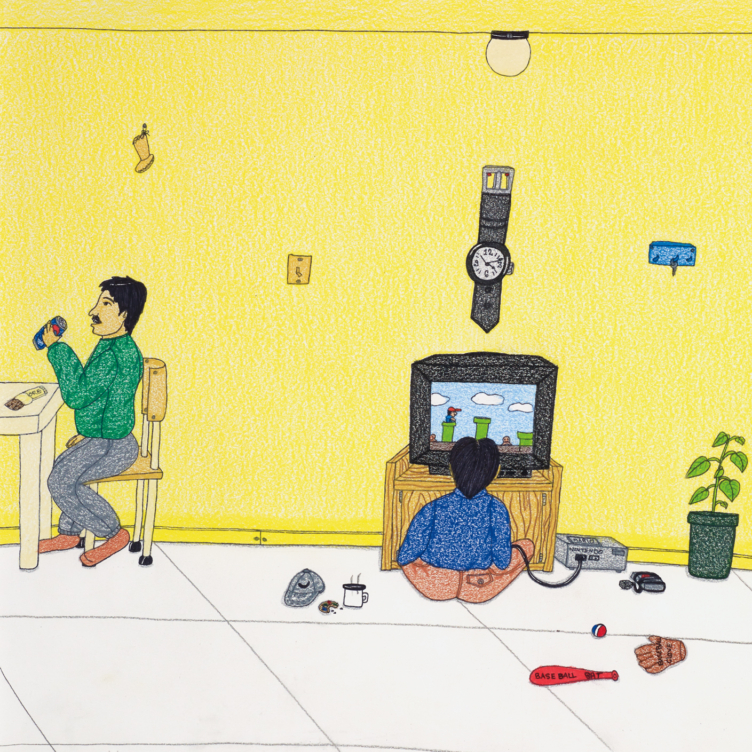 A New Vision of the North
Annie Pootoogook’s art offers unprecedented insights into the contemporary Arctic
By Nancy G. Campbell
A New Vision of the North
Annie Pootoogook’s art offers unprecedented insights into the contemporary Arctic
By Nancy G. Campbell
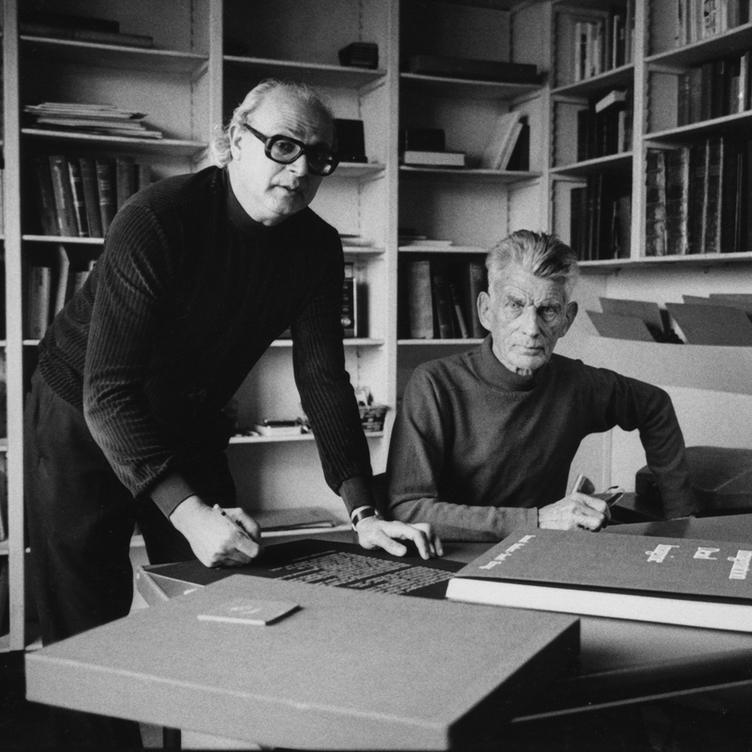 Meetings of Minds
Sorel Etrog found new ideas in collaborative work
By Alma Mikulinsky
Meetings of Minds
Sorel Etrog found new ideas in collaborative work
By Alma Mikulinsky
 Introducing Miss Chief
An excerpt from the ACI’s book “Revision and Resistance”
By Shirley Madill
Introducing Miss Chief
An excerpt from the ACI’s book “Revision and Resistance”
By Shirley Madill
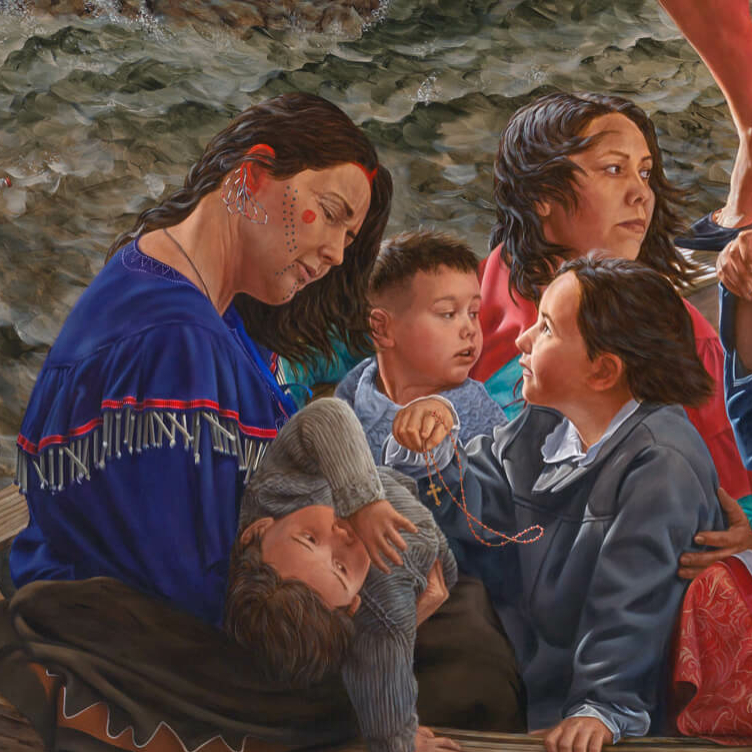 A Practice of Recovery
An excerpt from the ACI’s book “Revision and Resistance”
By Sasha Suda
A Practice of Recovery
An excerpt from the ACI’s book “Revision and Resistance”
By Sasha Suda
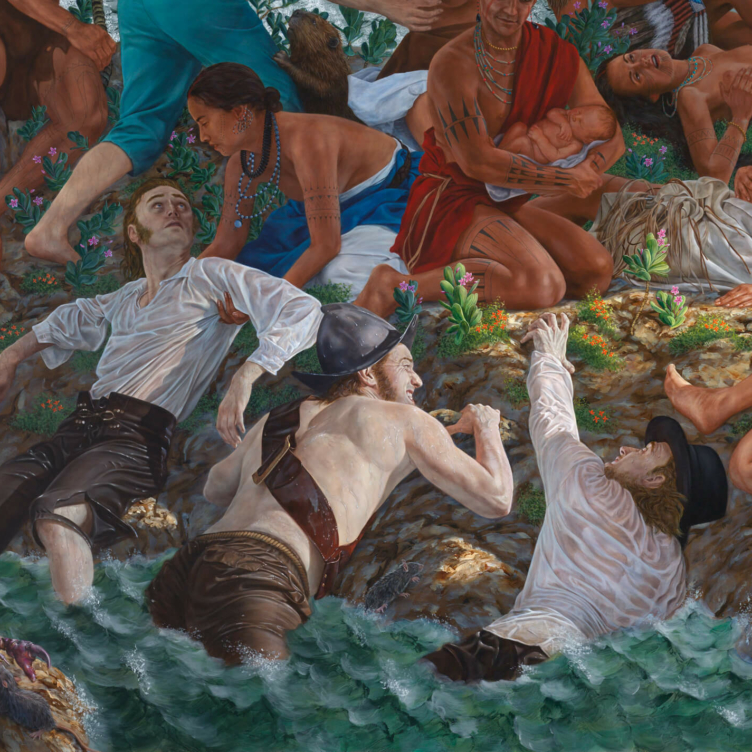 Decolonizing History Painting
An excerpt from the ACI’s book “Revision and Resistance”
By Ruth B. Phillips and Mark Salber Phillips
Decolonizing History Painting
An excerpt from the ACI’s book “Revision and Resistance”
By Ruth B. Phillips and Mark Salber Phillips
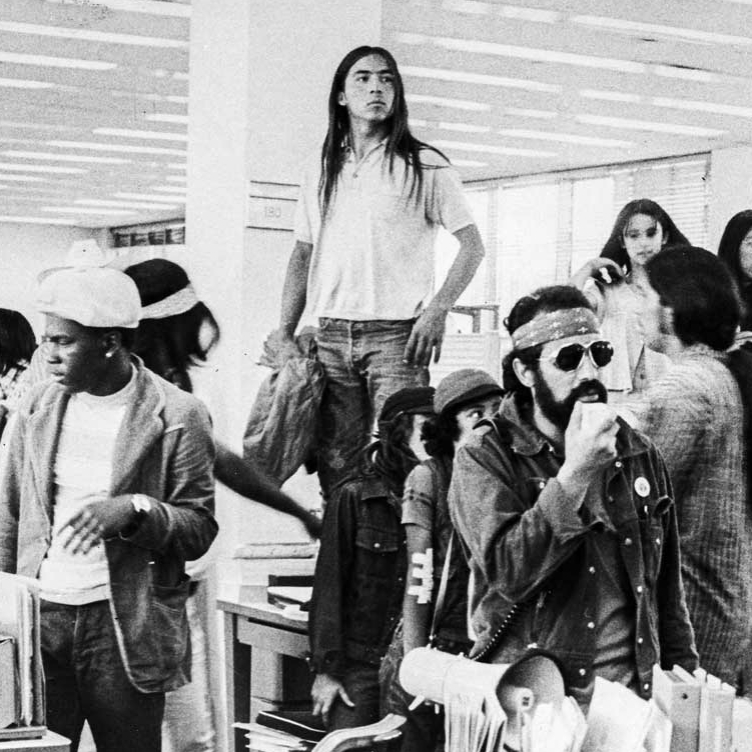 A Vision for the Future
An excerpt from the ACI’s book “Revision and Resistance”
By Nick Estes
A Vision for the Future
An excerpt from the ACI’s book “Revision and Resistance”
By Nick Estes
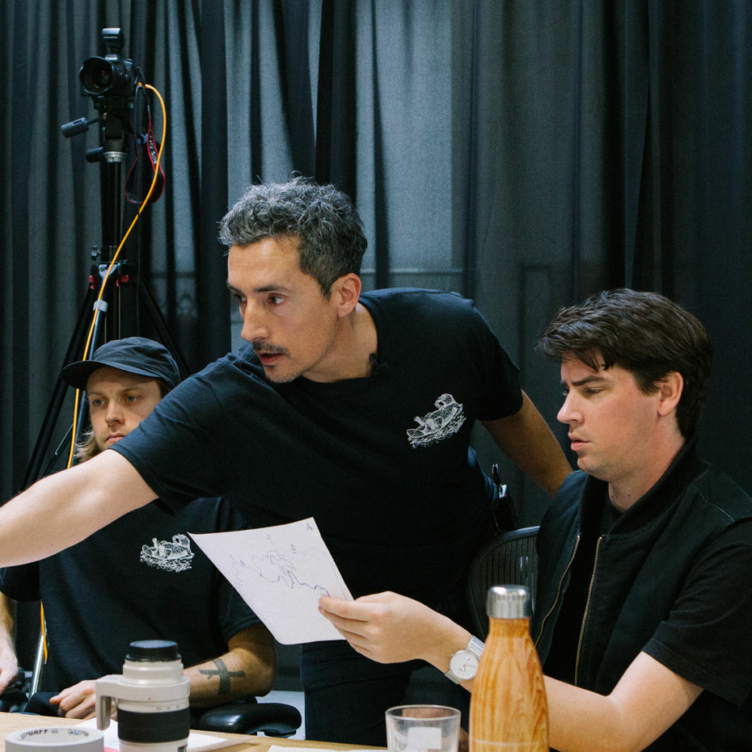 Inside Kent Monkman’s Studio
An excerpt from the ACI’s book “Revision and Resistance”
By Jami C. Powell
Inside Kent Monkman’s Studio
An excerpt from the ACI’s book “Revision and Resistance”
By Jami C. Powell
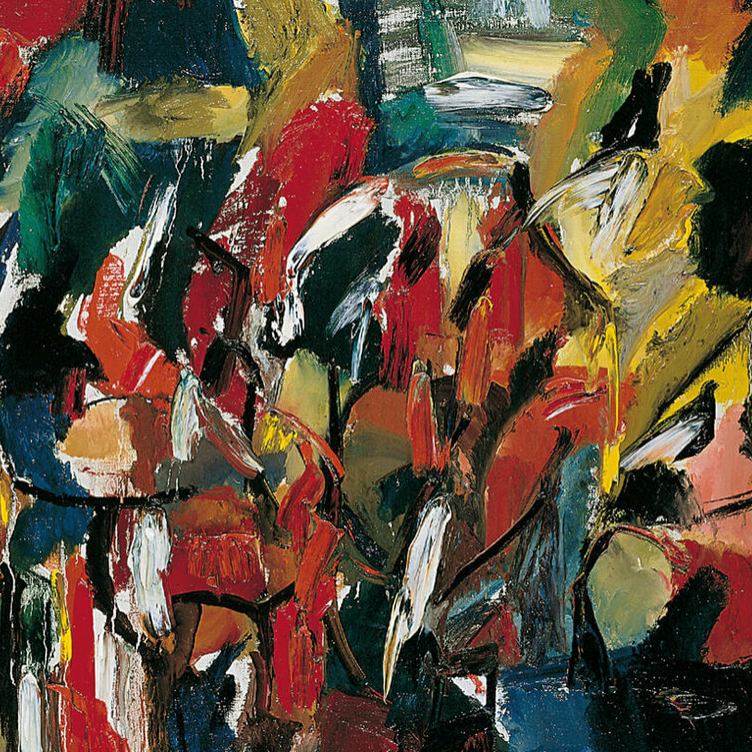 The Rule of Chance
Jean Paul Riopelle’s break with Automatism
By François-Marc Gagnon
The Rule of Chance
Jean Paul Riopelle’s break with Automatism
By François-Marc Gagnon
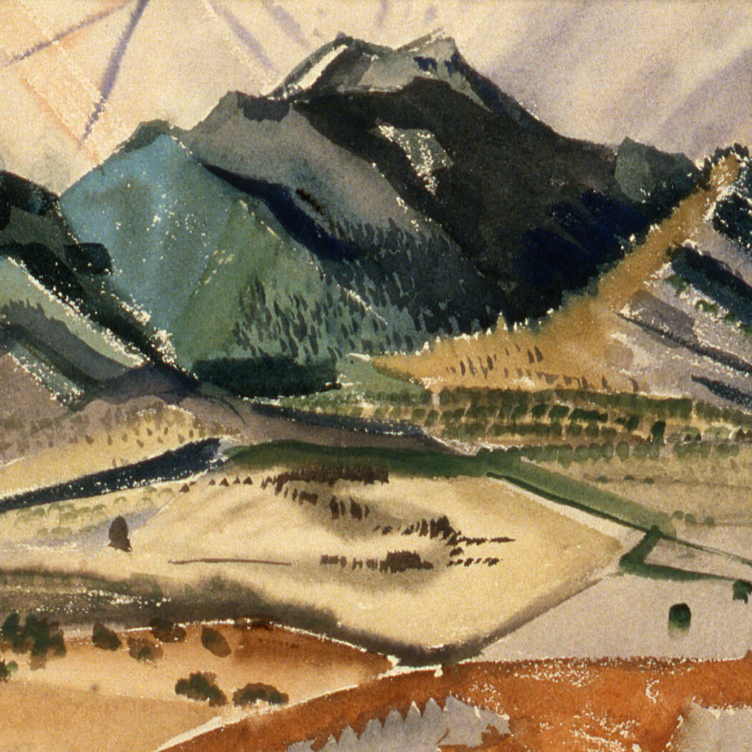 From Taos to New York
Agnes Martin and the currents of American Art
By Christopher Régimbal
From Taos to New York
Agnes Martin and the currents of American Art
By Christopher Régimbal
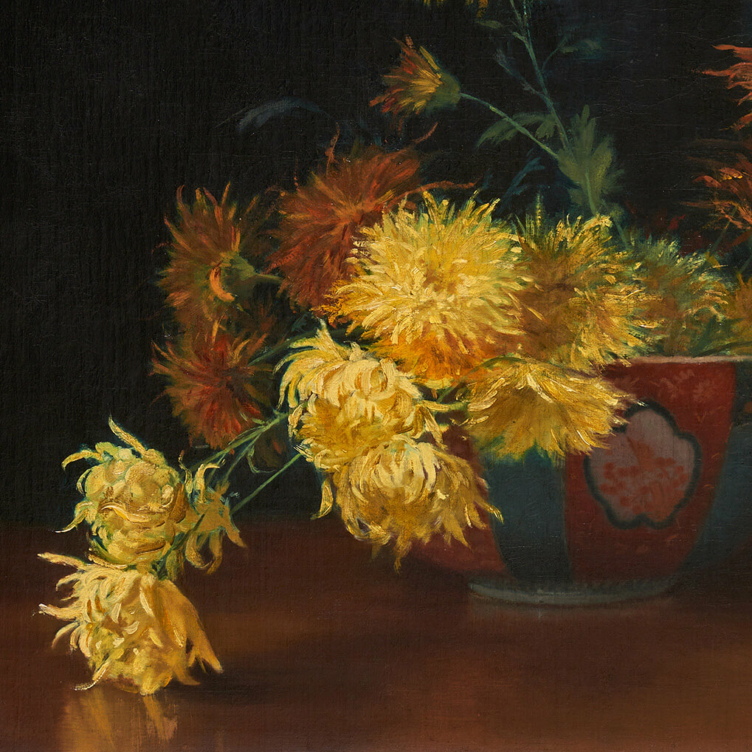 An Artist Blooms
Mary Hiester Reid’s floral aesthetics
By Andrea Terry
An Artist Blooms
Mary Hiester Reid’s floral aesthetics
By Andrea Terry
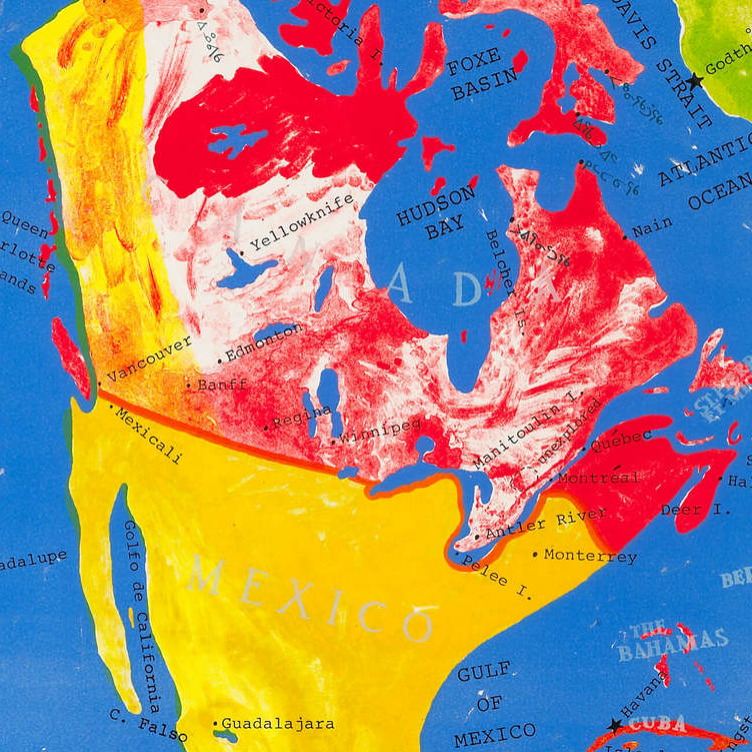 The Patriotic Painter
Greg Curnoe’s Canada
By Judith Rodger
The Patriotic Painter
Greg Curnoe’s Canada
By Judith Rodger
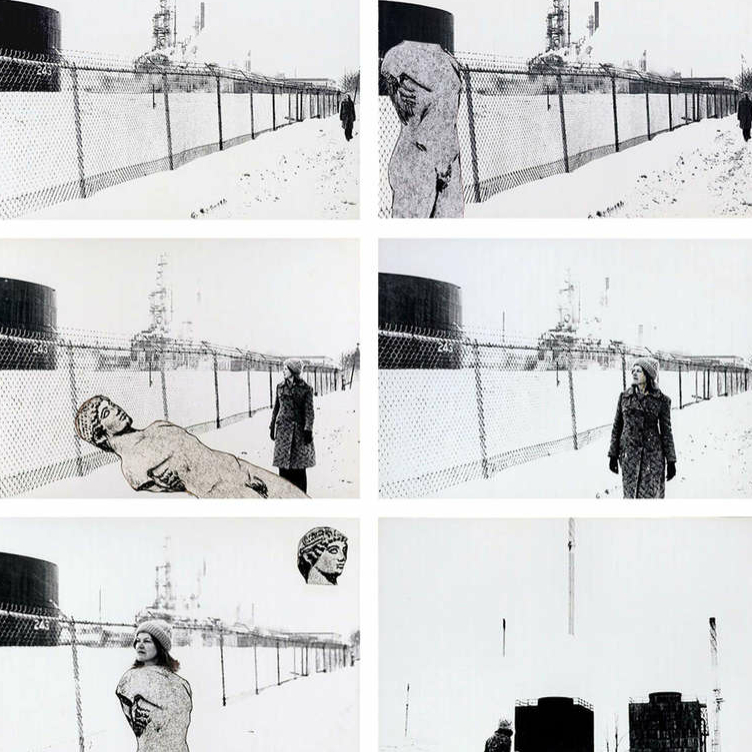 Walking, Stacking, Dancing
Françoise Sullivan’s conceptual 1970s
By Annie Gérin
Walking, Stacking, Dancing
Françoise Sullivan’s conceptual 1970s
By Annie Gérin
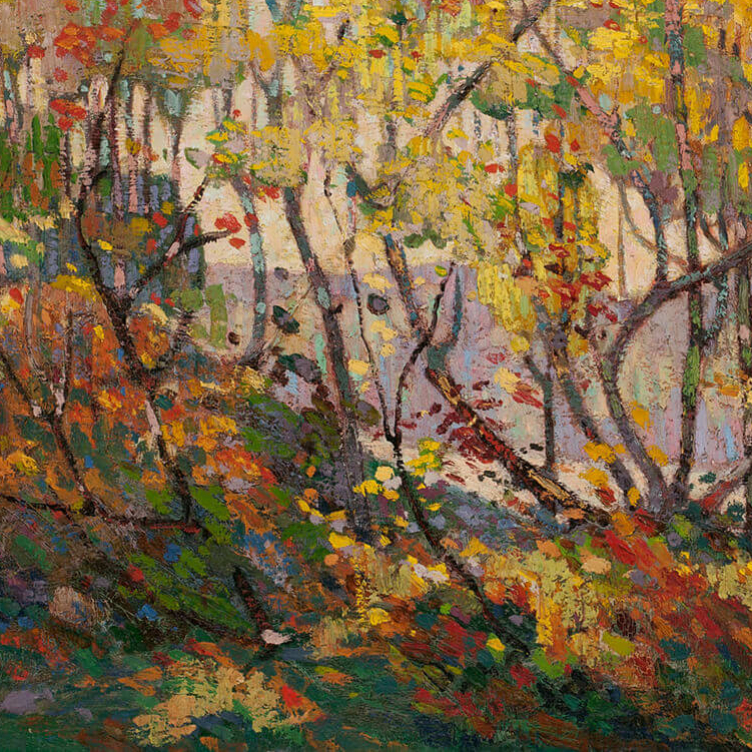 The Extraordinary North
Tom Thomson’s diary of landscape
By David P. Silcox
The Extraordinary North
Tom Thomson’s diary of landscape
By David P. Silcox
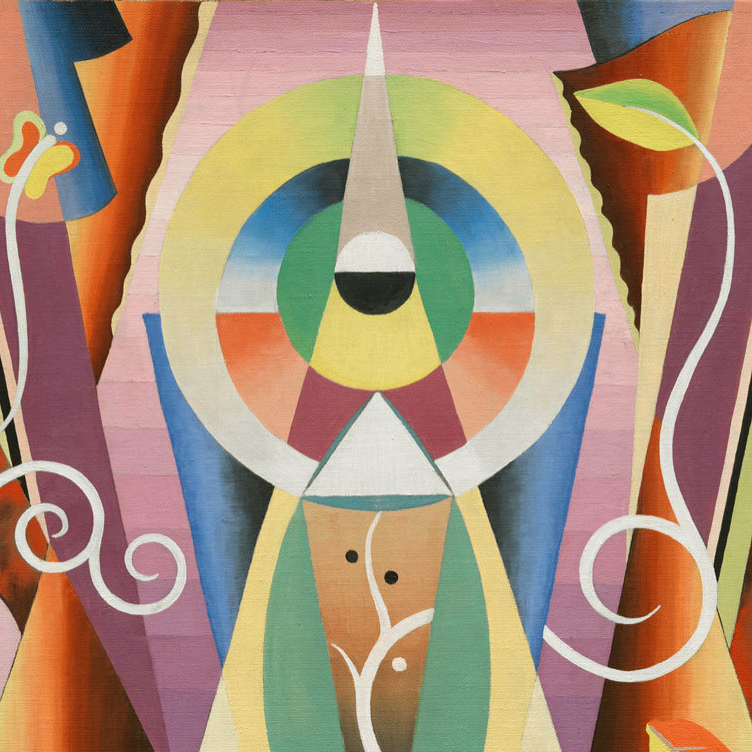 A Champion of Abstraction
Jock Macdonald sought a new expression in art
By Joyce Zemans
A Champion of Abstraction
Jock Macdonald sought a new expression in art
By Joyce Zemans